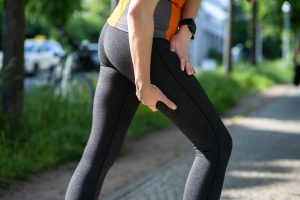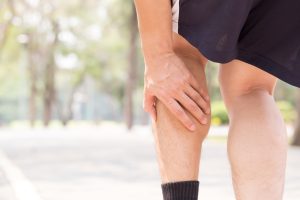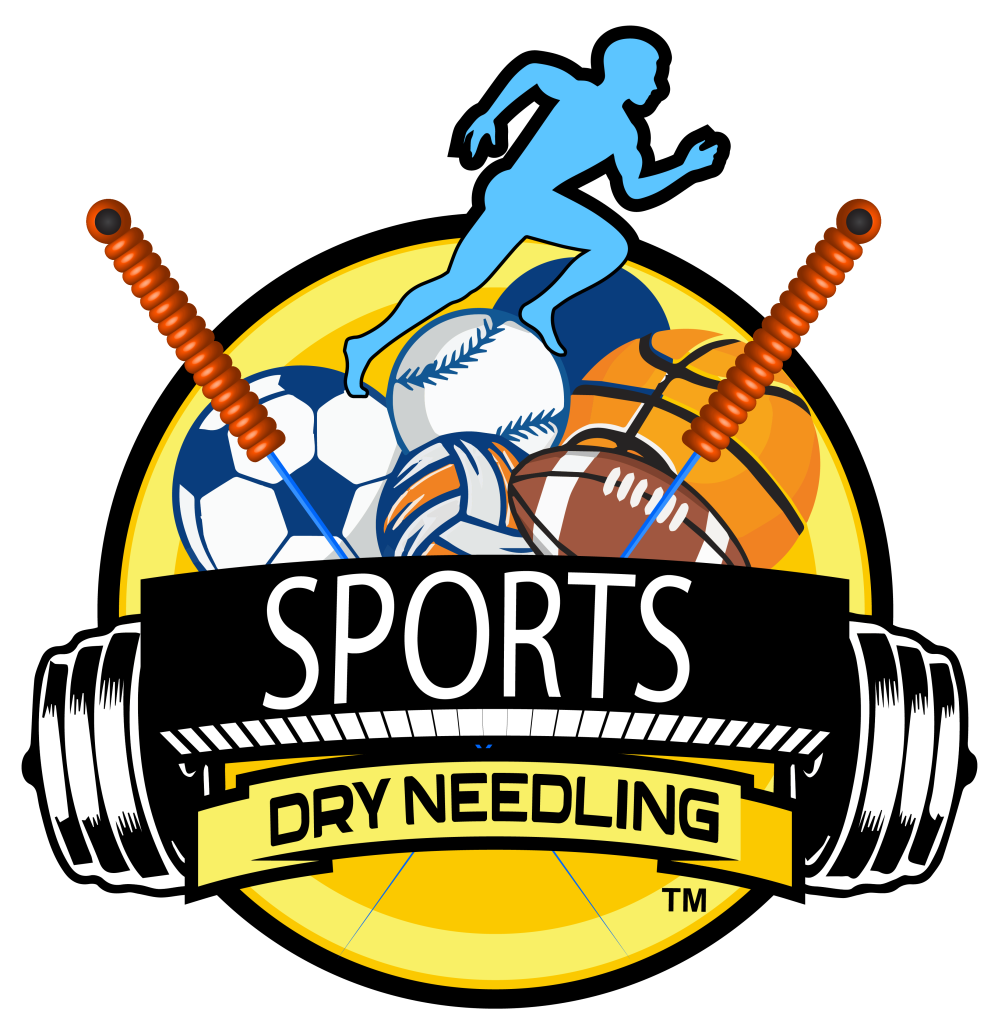Lower Extremity Sports Dry Needling Class (12 hours)
This class offers an information packed 12 hours of instruction with large amounts of practice time. We are also flexible with how much time we can spend in certain areas and this is a huge plus!
We start with class with a comprehensive discussion of the history of dry needling, a discussion of trigger points and what they’re all about, different forms of dry needling, how dry needling is different from acupuncture, how/when/where to use the dry needles, and more.

Old hamstring injuries respond very well to sports dry needling!
We then breakdown the actual sports dry needling instruction into regions and go from there. What makes Sportsdryneedling.org classes special is that due to the depth of material covered, each class, even with the same material, will be quite different. How is this possible?
Well, let’s say we have a lot of practitioners who work with foot injuries vs. ankle injuries. It’s likely we’ll be spending more time on the foot and the supportive procedures as opposed to the ankle. The next lower extremity class might be the opposite. Let’s say a particular class decides to spend a lot of time on knee issues and supportive procedures? Well, you get the idea. Each class will likely be quite different and this is a great thing. We won’t skip over any necessary material, and we certainly want you to have mastery of the skills learned.

Dr. Manison has found calf trigger points/adhesions to respond particularly well in the calf region
Whereas as the base material must be the same (for credentialing reasons), the specific amount of time spent on particular areas may differ based on the needs of the particular class. We find this to be a huge advantage with our classes. We are teaching this for you! We want you to be the best sports dry needling expert in your area!
Now back to the material… The regions we cover in this class will be the foot, ankle/leg, knee, hip/thigh, groin, and gluteal region. For each region, we will discuss anatomy, considerations, research, approaches to treatment supportive therapies, case studies, and more.
Again, this class is packed with information that you can use to help your patients the moment you step back into your office. We want you to be adept with the material and confident with your abilities.
To register for this class, please click here and you’ll be directed to the booking page.

